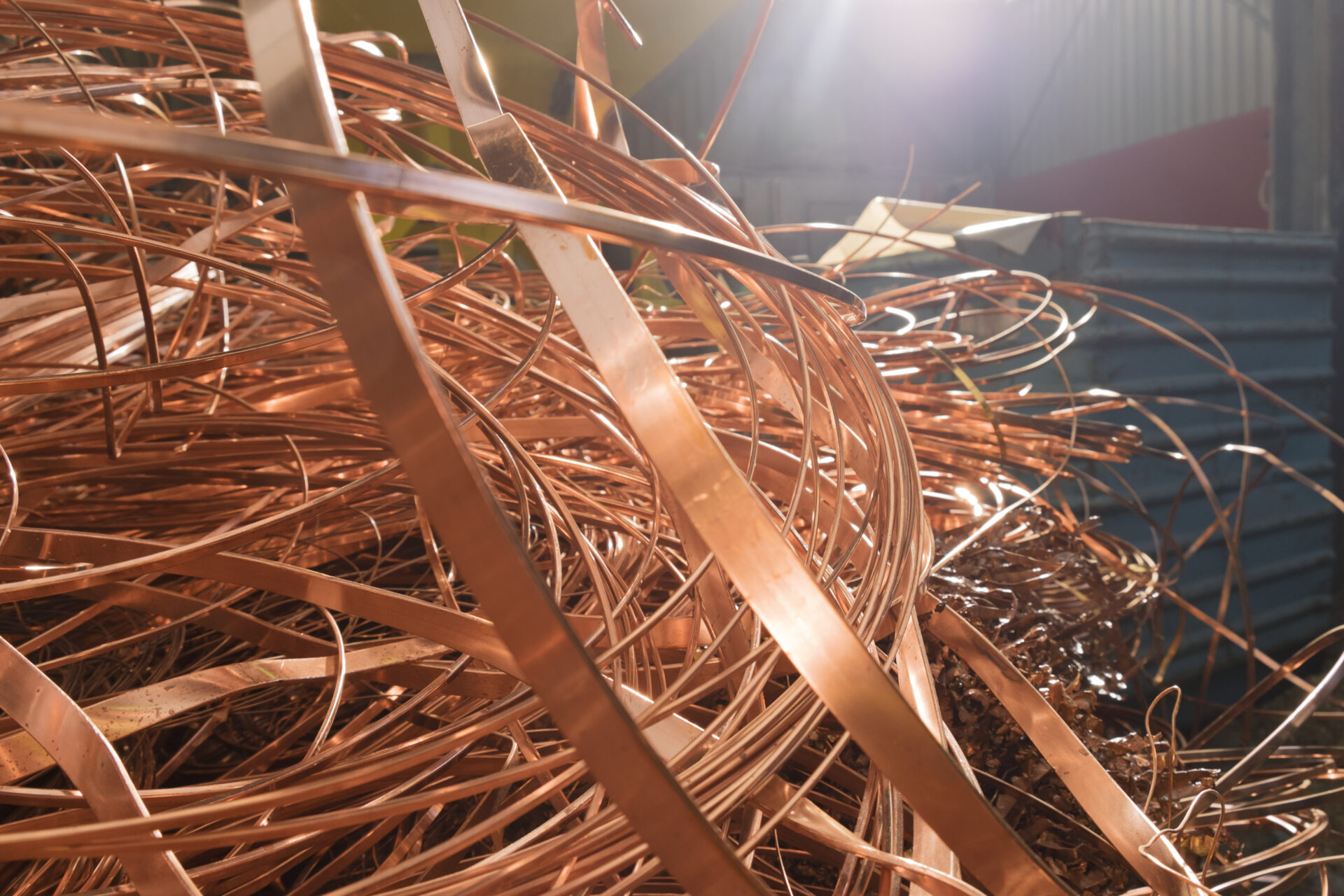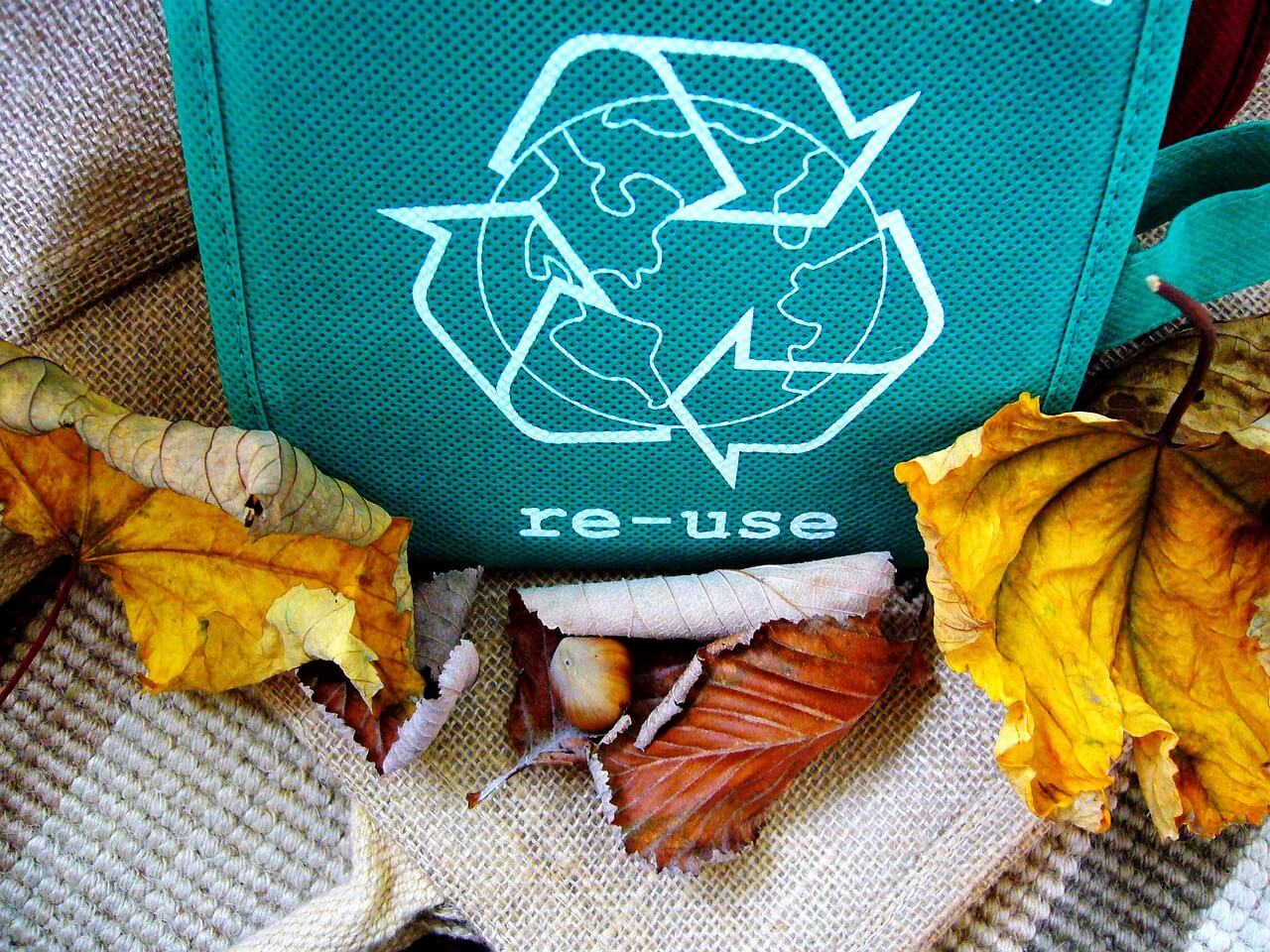
In our fast-paced world where consumption takes center stage, recycling has become increasingly prominent. While it may seem like a modern-day phenomenon, the history of recycling actually traces back to ancient civilizations where resourcefulness was necessary for survival.
In this article, we’ll discuss how recycling evolved from a practical necessity to an ethical responsibility. Let’s start at the very beginning!
When Did Recycling Start?

Reducing, reusing, and recycling have been a big part of our history long before we had our slogan.
The idea of recycling has existed for so long that it’s hard to pinpoint exactly when it started. But it’s clear we have always reused items to conserve resources.
Let’s take a look at how recycling impacted the ancient world.
History of Recycling in the Ancient World
In ancient times, when everything was crafted by hand, most people had no choice but to reuse items to save time. Therefore, the history of recycling expands all across the world.
Interestingly enough, recycling really took root in Asia minor and Europe. Here are some examples.
Ancient Glass Recycling in Sagalassos
Evidence suggests that as early as 400 B.C., the Byzantines were engaged in the recycling of glass. Researchers have come to this conclusion by observing patterns in archaeological excavations.
They have noticed a significant decrease in the number of physical items discovered during times of distress, such as periods of famine or war. This observation implies that the Byzantines were likely recycling their glassware during such challenging times, repurposing existing glass objects rather than creating new ones.
Original Metal Recyclers in Rome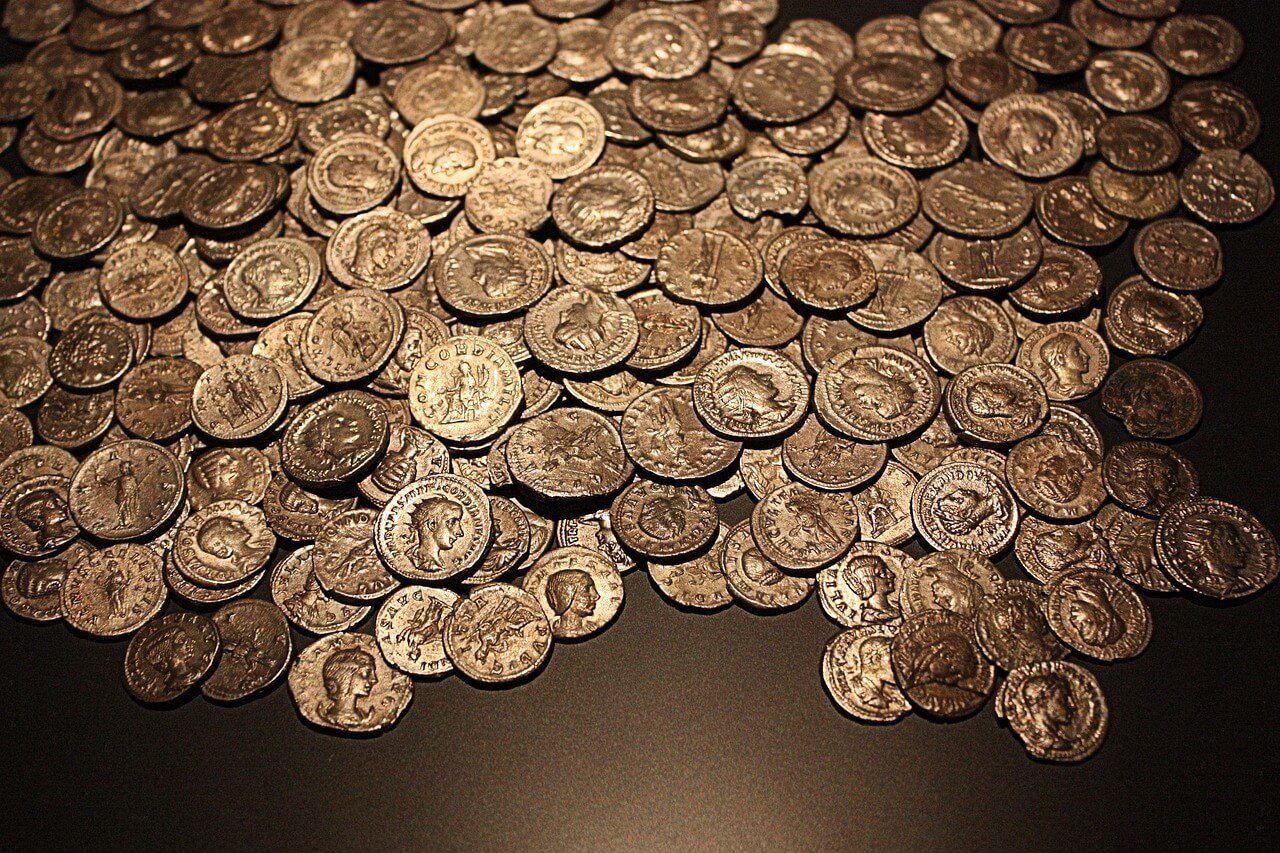
One of the oldest examples of metal recycling stems from ancient Rome. According to historians, the Romans used to melt down bronze coins and create bronze statues. The belief was that large, bronze statues would hold more value in the long term than their single bronze coin counterparts.
Aside from statues, the Romans also turned to recycling during times of war and distress. During these times the Romans melted metals and jewelry, which later became weapons and other useful items.
Ancient Paper Recycling in Japan

In 9th century Japan, the earliest recorded practice of recycling paper emerged alongside the art of papermaking. Ancient Japanese society recognized the value of reusing paper fibers and esteemed recycled paper as more precious than new.
Recycled paper found its place in various forms of artistic expression, particularly in painting and poetry. It offered a unique texture and history that enriched the artwork.
An anecdote from the 12th century tells of an emperor’s wife who recycled the poems and letters she received from her late husband, inscribing a sutra on the recycled paper to honor his memory.
History of Recycling in The U.S.
Today, recycling in the U.S. is second nature and a blue bin can be found almost anywhere. But, America has also had its own history of recycling that was shaped by wars and scarcity of resources.
Revolutionary War
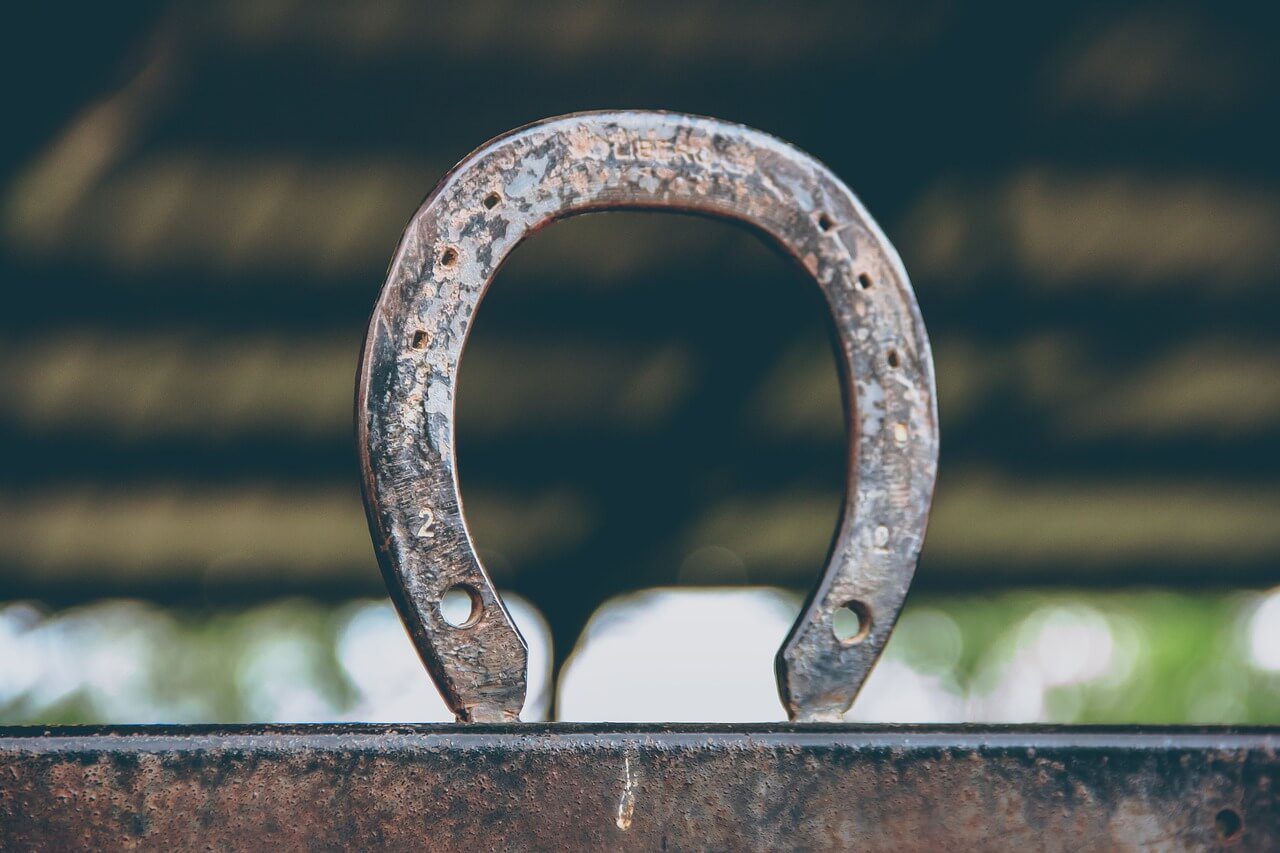
Although the legendary tale of “Paul Revere’s Ride” during the American Revolution doesn’t mention it, there is a high likelihood that the horse Paul Revere rode was fitted with horse shoes made from recycled metal.
Paul Revere and the other colonialists were resourceful and practiced recycling various items, including metals, which were in short supply in the colonies. Revere himself was a skilled silversmith before the Revolution, and in later years, he owned a hardware store and a foundry and even established the first rolling copper mill in the U.S.
Civil War
Eighty-six years after Paul Revere’s historic ride, President Abraham Lincoln took a crucial step by ordering the blockade of southern ports during the Civil War. The primary objective of this blockade was to apply pressure on the Confederacy and hinder their access to essential commodities, including metal, necessary for their war efforts. The strategic blocking of these ports created significant challenges for rebel states in obtaining the resources they needed to sustain their war machinery.
In response to the scarcity of metals, southerners began contributing various items to support the war efforts. These contributions included significant objects such as church bells and steeples, as well as everyday items like gates, pots, pans, and even farm equipment. Additionally, soldiers on the battlefield collected spent ammunition and rifles from fallen comrades.
The scarcity of metal resources forced both civilians and soldiers to recognize the value of recycling and conserving available materials.
World War I and II

During World War I and II, the U.S. government initiated a nationwide campaign urging Americans to collect and recycle metal items. The purpose behind this effort was the increased production of tanks, ships, and weapons for the war, resulting in a scarcity of metals.
Given that the United States was still recovering from the Great Depression during this time, conserving the available metals was crucial. The government organized scrap metal programs, and businesses like the Omaha World-Herald devised competitions to encourage people to collect tin, aluminum, copper, and steel.
Families contributed their pots and pans, farmers stripped metal from old machinery, cities dismantled statues, and previous wars’ cannons were sent away, while children collected almost everything else.
By the beginning of World War II, approximately 1.5 million tons of scrap metal lay unused on U.S. farms alone, enough to construct 139 battleships weighing 900 tons each, 750,000 tanks weighing 18-27 tons each, or countless airplanes, weapons, and other war materials.
1960’s -70’s
Following World War II and into the 1950s, scrap metal recycling significantly declined as Americans embraced a consumer-driven and disposable lifestyle. However, in the late 1960s, there emerged the rise of the environmental movement, especially marked by the first Earth Day in 1970.
Recycling regained popularity as a mainstream concept during this time, although it faced challenges due to public acceptance and limited market demand for recycled goods.
Modern Times
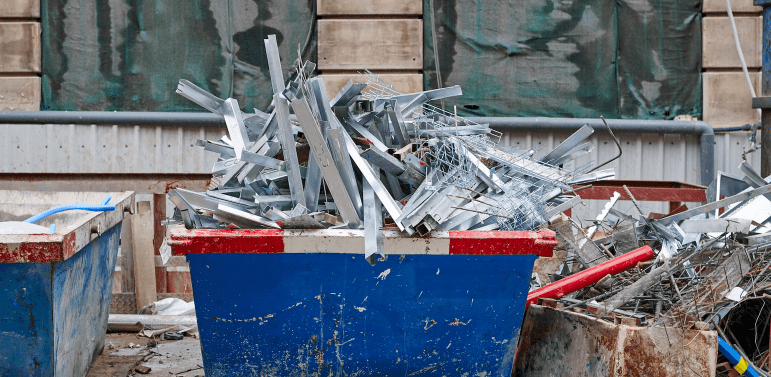
Nowadays, the recycling industry has shifted its focus and aligned with the growing environmental movement. The recognition of massive waste generation prompted the realization that recycling was an effective means to prevent scrap metals from ending up in landfills.
Rose Rowan came up with the idea of collecting recycling in separate bins on the back of garbage trucks. During this time, Gary Anderson designed the well-known recycling logo which is used with the slogan “reduce, reuse, recycle.”
Today, scrap metal recycling has created numerous job opportunities, with over 500,000 jobs for Americans. Additionally, it plays a vital role in maintaining reasonable prices for metal products.
Recycle Your Metal With GLE Scrap Metal

As you can see, the history of recycling goes all the way back to antiquity and still continues to this day!
Want to continue the history of recycling? We can help! GLE Scrap Metal processes all grades of metal. Whether you represent a demolition company, a private business, or are simply an individual looking to recycle metal, our services cater to all.
Contact GLE Scrap Metal through our website or by calling us at 855-SCRAP-88 to receive a tailored quote,



